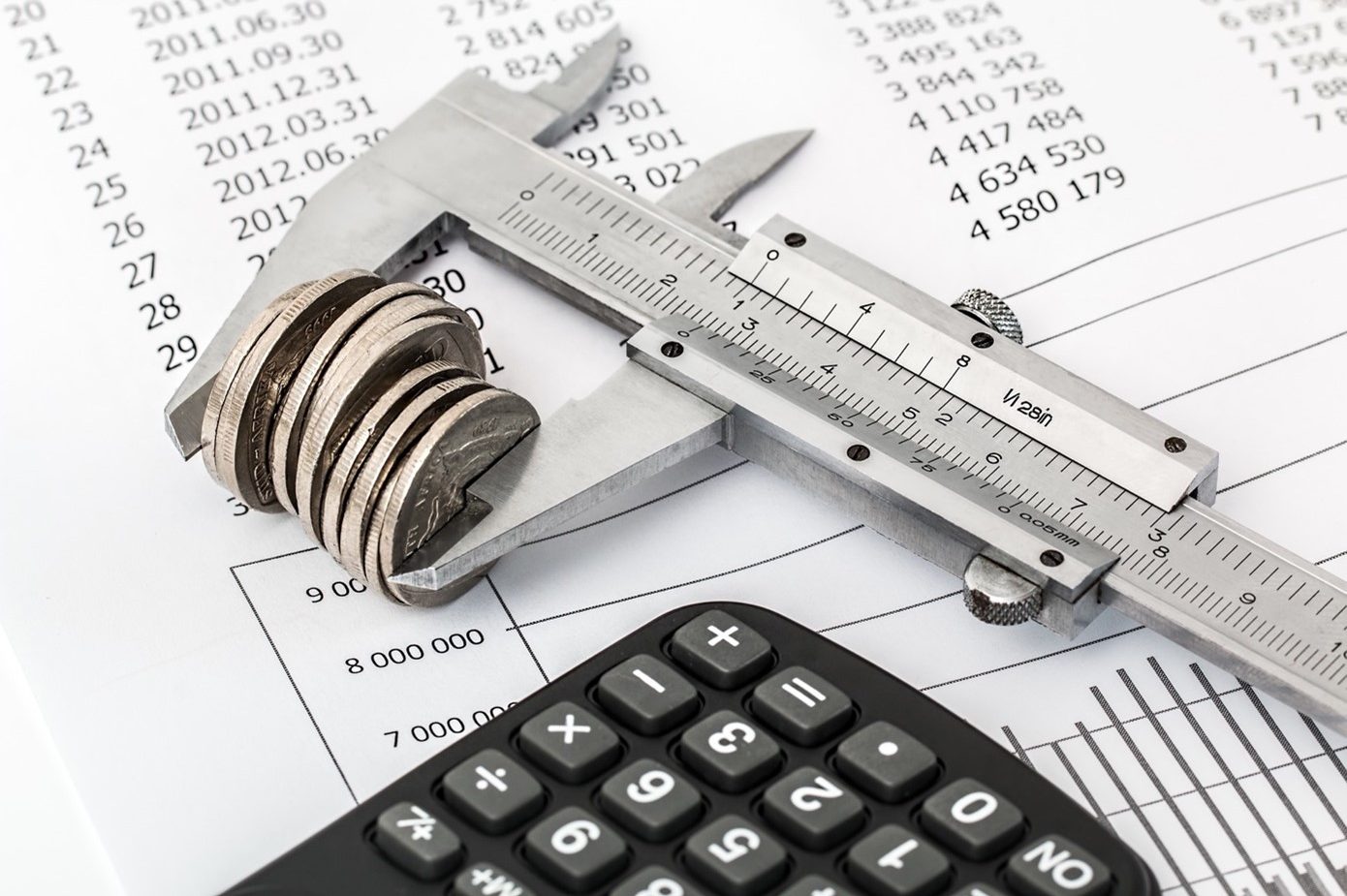The changes to income tax rates are going to benefit all taxpayers from April next year as they get to keep more of the money they have earned. But one knock-on effect is that the amount of tax relief you can get on your pension will be reduced for both 20% and 45% taxpayers, as it is based on your highest marginal rate of tax..
This means that you have just shy
of six months to maximise any pension contributions you want to make to ensure
you benefit from a slightly larger contribution in tax relief from the
Government. For example, anyone earning more than £150,000 this year will be
able to get tax relief on pension contributions at 45%. From April 2023, this
will fall to 40%.
Will this
only apply to higher earners?
While higher earners have the most
to lose by not maximising pension contributions before the income tax rates
change next year, there is also a fall in the basic rate of income tax from 20%
to 19%. So, if you are currently a 20% taxpayer, there is still a benefit to
acting before April 2023 to maximise your pension contributions. At present,
putting £100 into your pension will cost you £80 as a 20% taxpayer. When this
falls to 19%, it will cost you £81 to achieve the same contribution.
Is there
anything I need to watch out for?
If you are putting money into your pension, there are some limits you need to be aware of. The most you can put into your pension each year and receive tax relief on is £40,000 – but remember, you cannot claim more tax in a single year than you have paid.
For higher earners, there are a few other things to consider. For example, once you reach an earning level of £240,000, that £40,000 a year allowance is reduced incrementally until you reach £312,000 or more. At this point, the amount you can put into your pension reduces to just £4,000.
Beware of the Lifetime Allowance
The other consideration for everyone – but it is more likely to apply to the highest earners – is the Lifetime Allowance. This is currently set at £1,073,100 and anyone with a combined pension pot that breaches this limit will face additional tax charges on their pension.
So, if you think you may hit or
breach this limit, then you need to take advice sooner rather than later to ensure
you use the money you have in a different way to save for your retirement. This
could, perhaps, include maximising your individual savings account (ISA)
allowance of £20,000 per year or making other investments that can be used to
generate retirement income.

